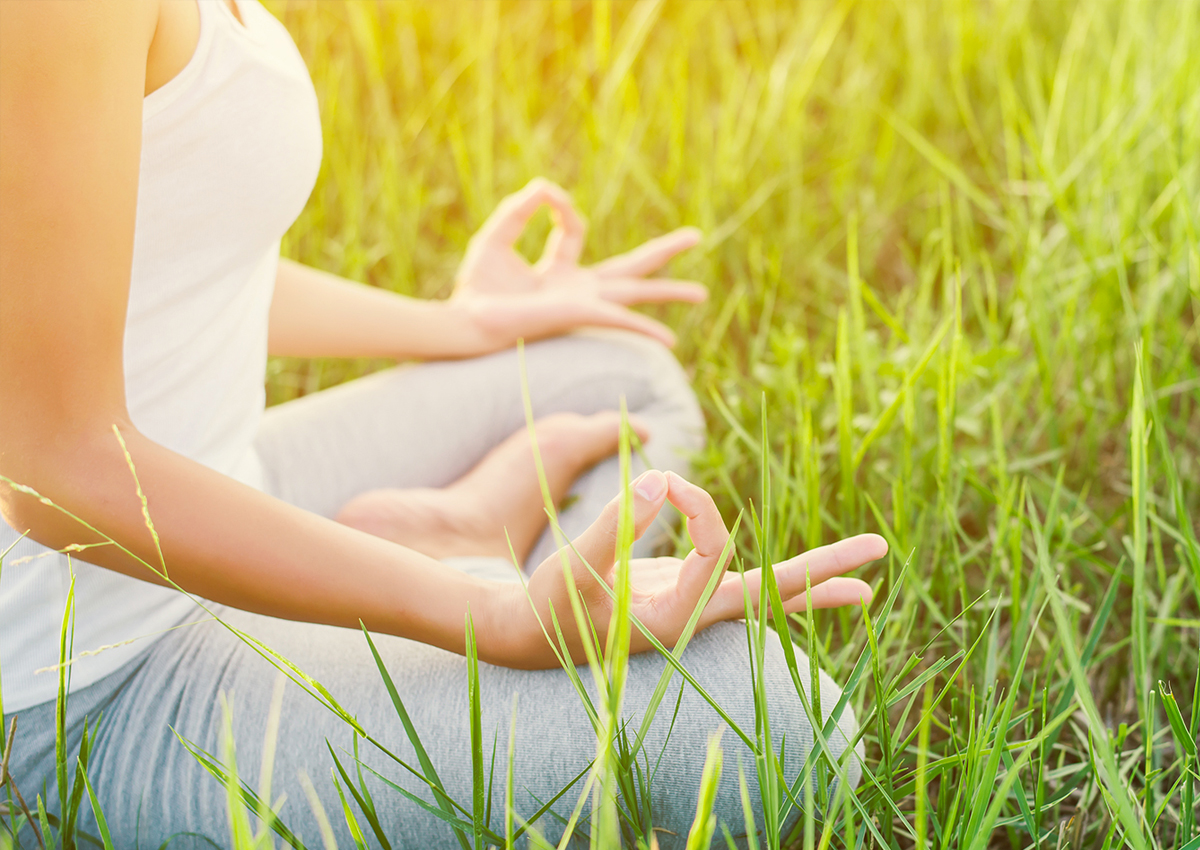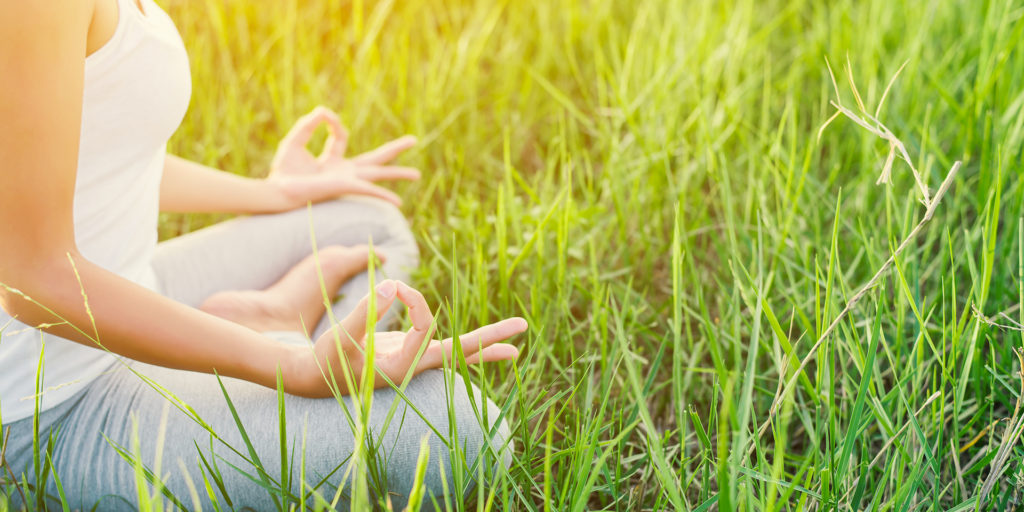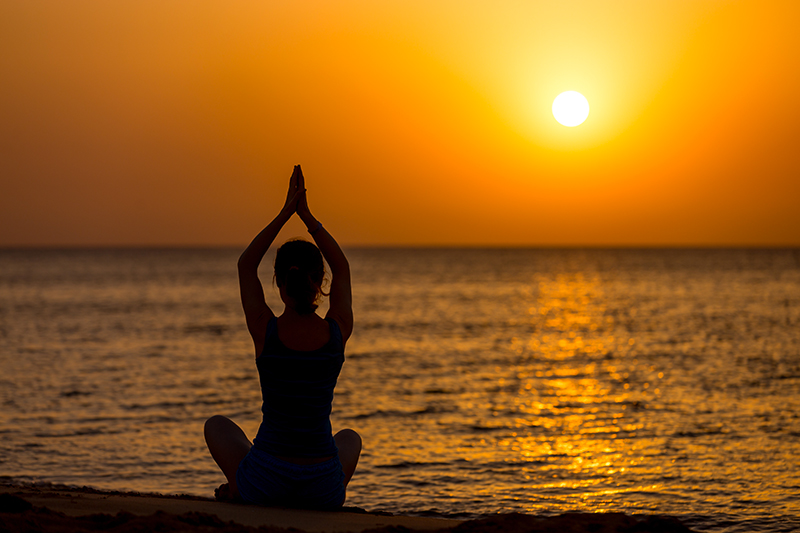

Complete yogic breathing is considered the ideal breathing, thanks to which it is possible to use the lung capacity to the maximum.
It is the breathing that babies and our pets instinctively do. Over time we have lost the ability to breathe correctly but, through simple exercises like the ones I will explain to you shortly, it is very easy to go back to control your breathing.
Learning to know and control our breathing is essential to live well, to feel better, to manage emotions and to make mental clarity.
Start by putting yourself in a comfortable position: standing, sitting or lying on your stomach.
Abdominal breathing
- Place your hands on your stomach and relax your breath
- Keep the column straight and stretched for the duration of the practice
- As you inhale, pay attention to the expanding abdomen
- As you exhale, completely empty your lungs by slightly contracting your abs
- Repeat for a few breaths while observing the hands that spontaneously raise with the inhale and lower with the exhale
This is your abdominal breathing, which uses the lower lungs.
Chest breathing
Now place your hands on the sides of the chest, above the ribs:
- As you breathe in, feel your belly expanding and the air rising expanding your chest
- As you breathe out, the chest compresses, the air goes down and the belly deflates slightly contracting the abs
- Repeat for a few breaths, focusing on expanding the rib cage with the inhale and the contraction with the exhale
This is your chest breathing, which uses the lateral lobes of the lungs.
Clavicular breathing
Now, place your hands under your shoulders, at the level of the collarbones:
- Breathing in the belly and chest expand
- Try to bring the air under your shoulders, you should feel a slight lifting of the hands
- Breathing out relaxes the shoulders, compress the chest and completely deflate the belly with a slight abdominal contraction
- Repeat a few breaths, focusing on expanding the shoulder and neck area
This is your clavicular breathing, which uses the upper lungs.

Full yogic breath
By combining the three phases of breathing in a single and harmonious act, bringing attention to the various phases of breathing – first abdominal, then thoracic, then clavicular – you are doing exactly one complete yogic breathing and you are using your lung capacity to the maximum.
This breathing technique has a lot of benefits, it can help you when you are stressed or in a moment of despair, when you are in a moment of panic, or at any time you need it.
Breath is the bridge that connects life to consciousness, which connects the body to our thoughts. Whenever your mind disperses, use your breath as a means of taking your mind in hand again.
THICH NHAT HANH
Try it and let me know how you feel right after!